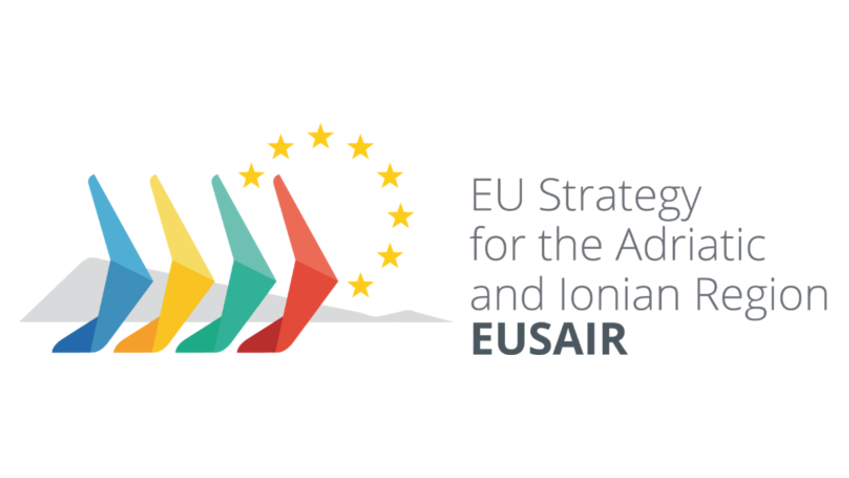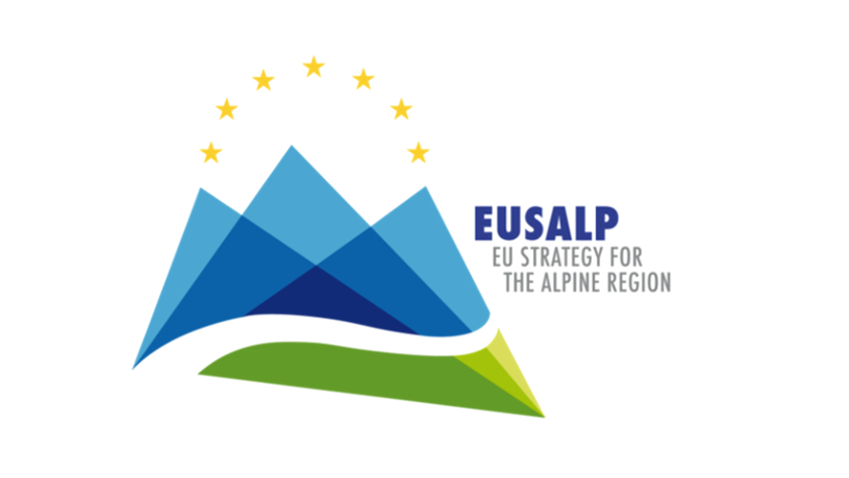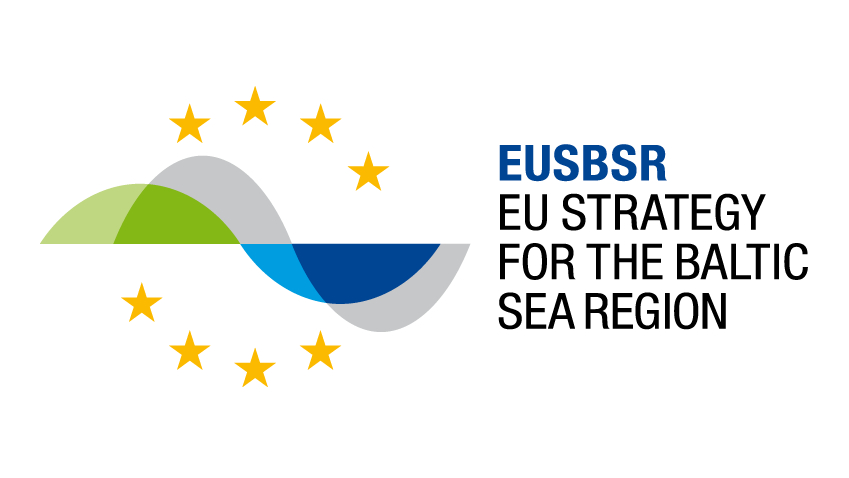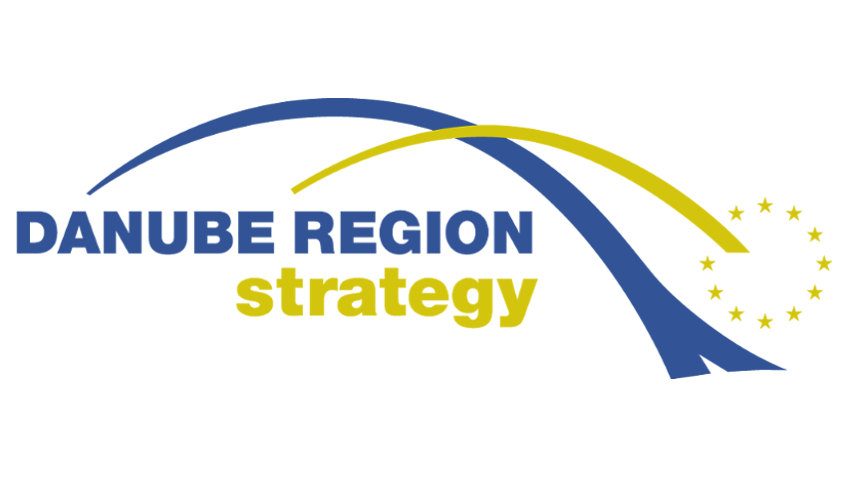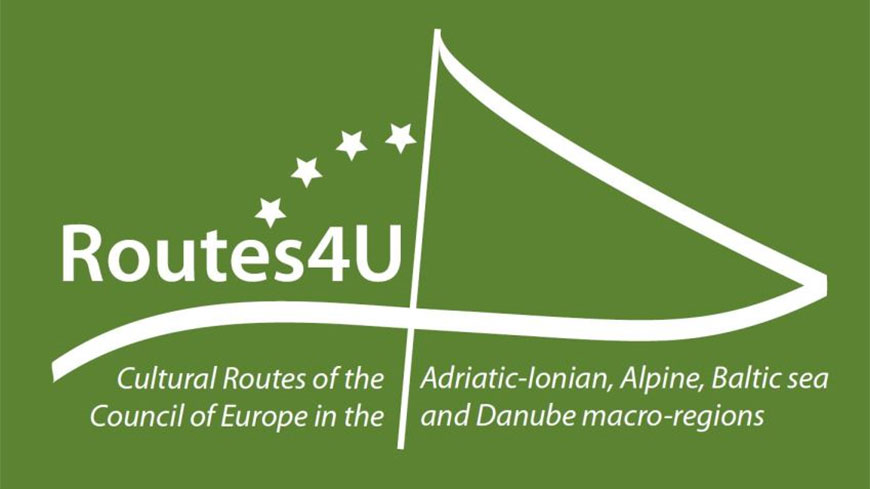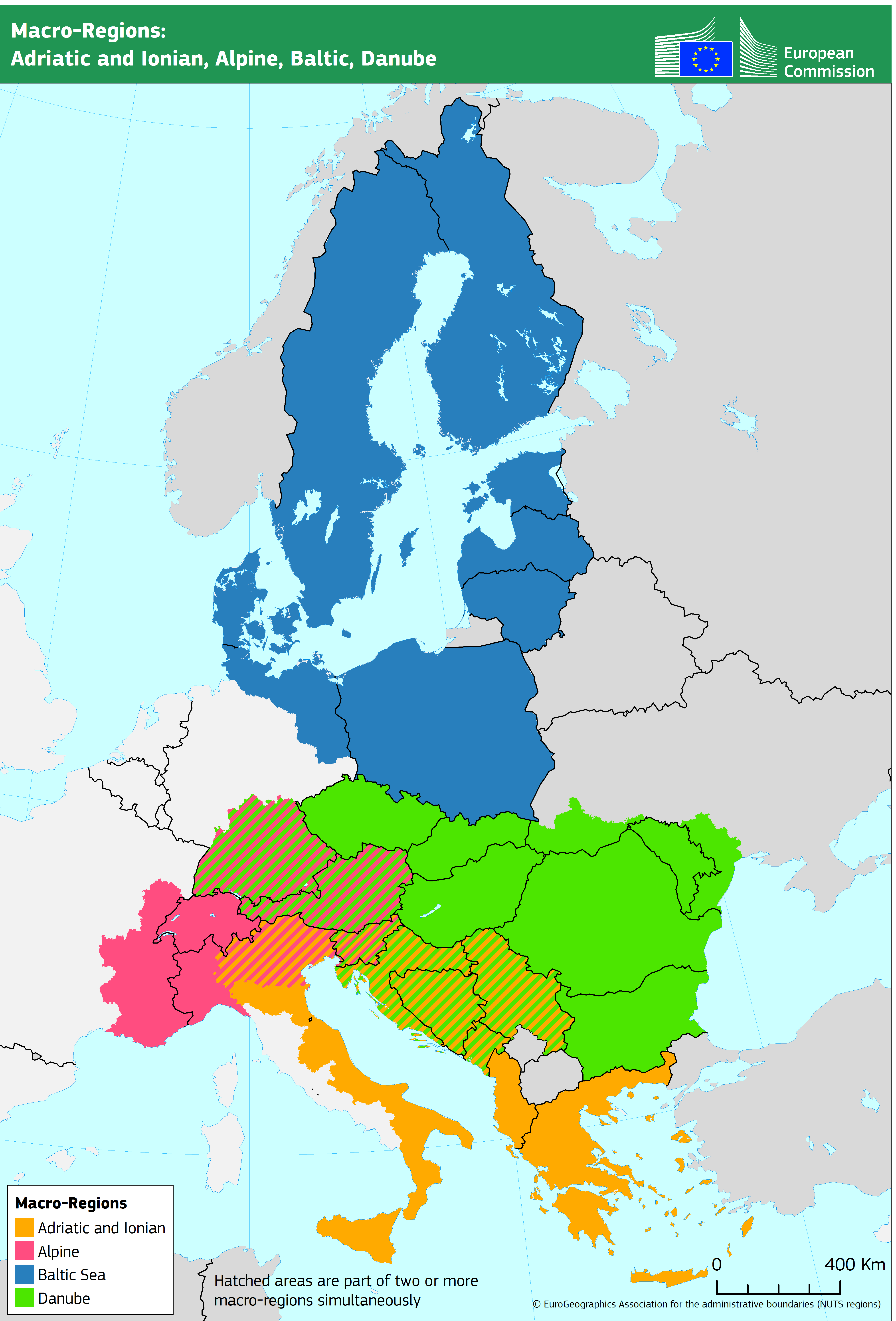EU macro-regional strategies
"A European Union (EU) macro-regional strategy is a policy framework which allows countries located in the same region to jointly tackle and find solutions to problems or to better use the potential they have in common".
"What is an EU macro-regional strategy?", European Union, 2017
EU macro-regional strategies are initiated and requested by EU and non-EU Member States located in the same geographical area via the European Council. These strategies deal with common challenges and opportunities identified in each macro-region. As intergovernmental initiatives, the implementation relies on the commitment of the participating countries.
Four macro-regional strategies have been adopted so far by the EU: the EU Strategy for the Baltic Sea Region (2009), the Danube Region (2010), the Adriatic and Ionian Region (2014) and the Alpine Region (2015). The four EU macro-regions encompass 27 countries with more than 340 million people.
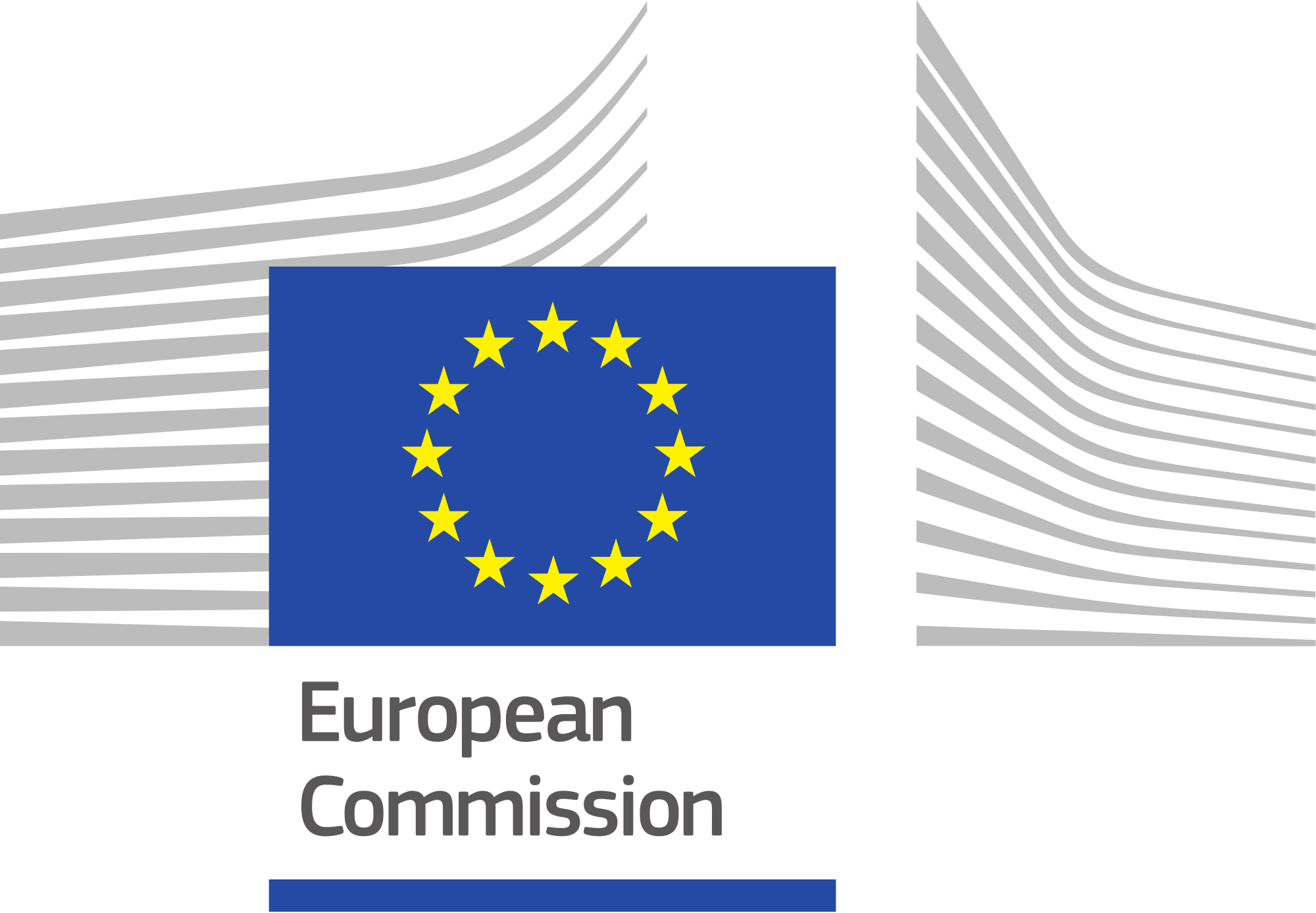
Adriatic-Ionian
(EUSAIR)
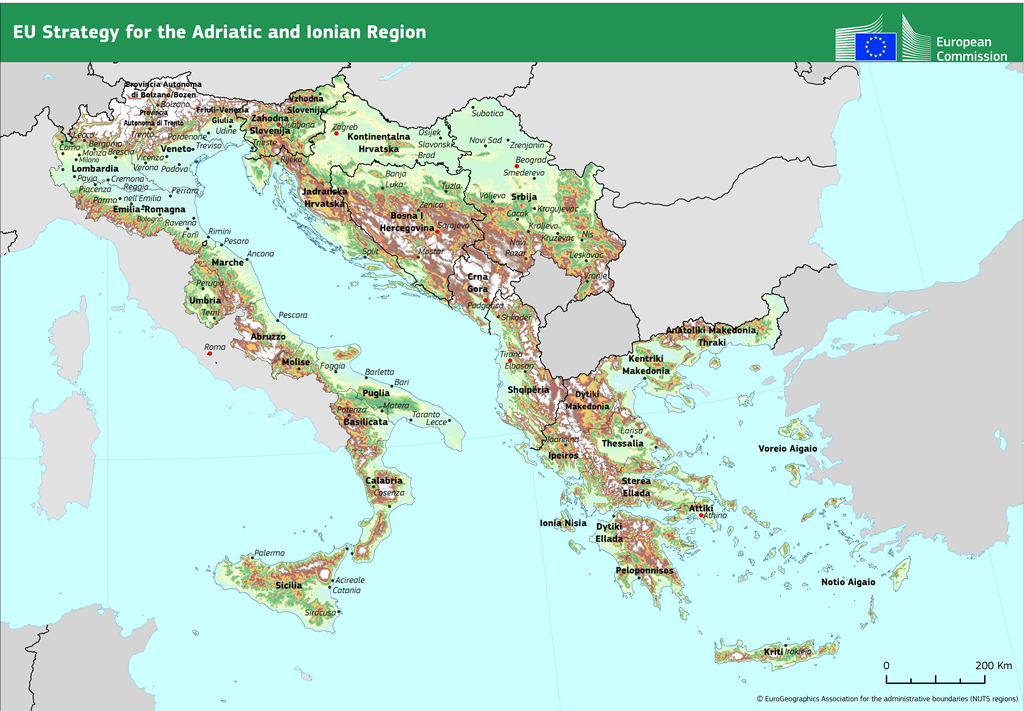
Albania, Bosnia and Herzegovina, Croatia, Greece, Italy (Abruzzo, Apulia, Basilicata, Calabria, Emilia Romagna, Friuli Venezia Giulia, Lombardy, Marche, Molise, Sicily, Trentino, Umbria and Veneto), Montenegro, Serbia and Slovenia.
Alpine
(EUSALP)
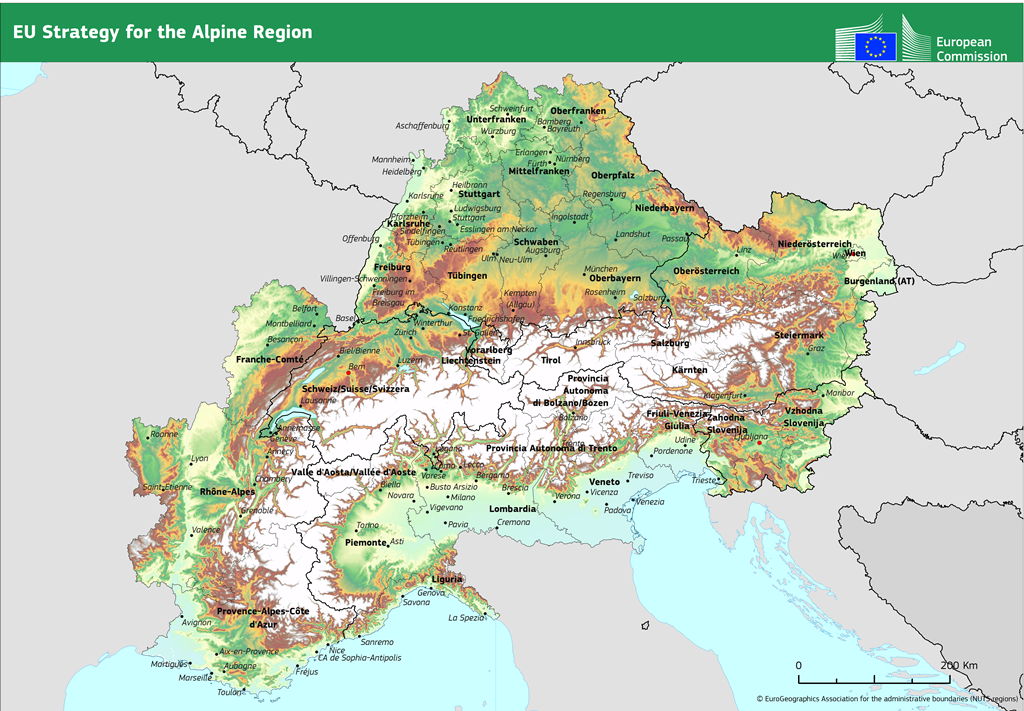
Austria, France (Franche-Comté, Provence-Alpes Côte d'Azur and Rhône-Alpes), Germany (Baden-Württemberg and Bavaria), Italy (Bozen, Friuli Venezia Giulia, Liguria, Lombardy, Piedmont, Trento, Valle d'Aosta and Veneto), Liechtenstein, Slovenia and Switzerland.
Baltic Sea
(EUSBSR)
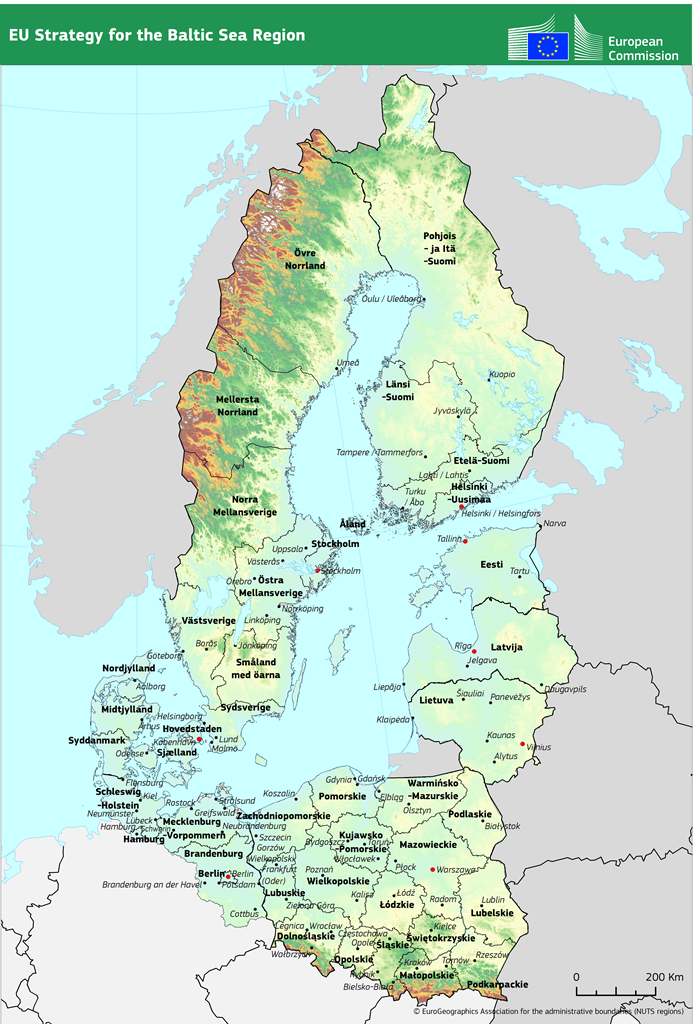
Denmark, Estonia, Finland, Germany (Berlin, Brandenburg, Hamburg, Mecklenburg-Vorpommern and Schleswig-Holstein), Latvia, Lithuania, Poland and Sweden.
Danube
(EUSDR)
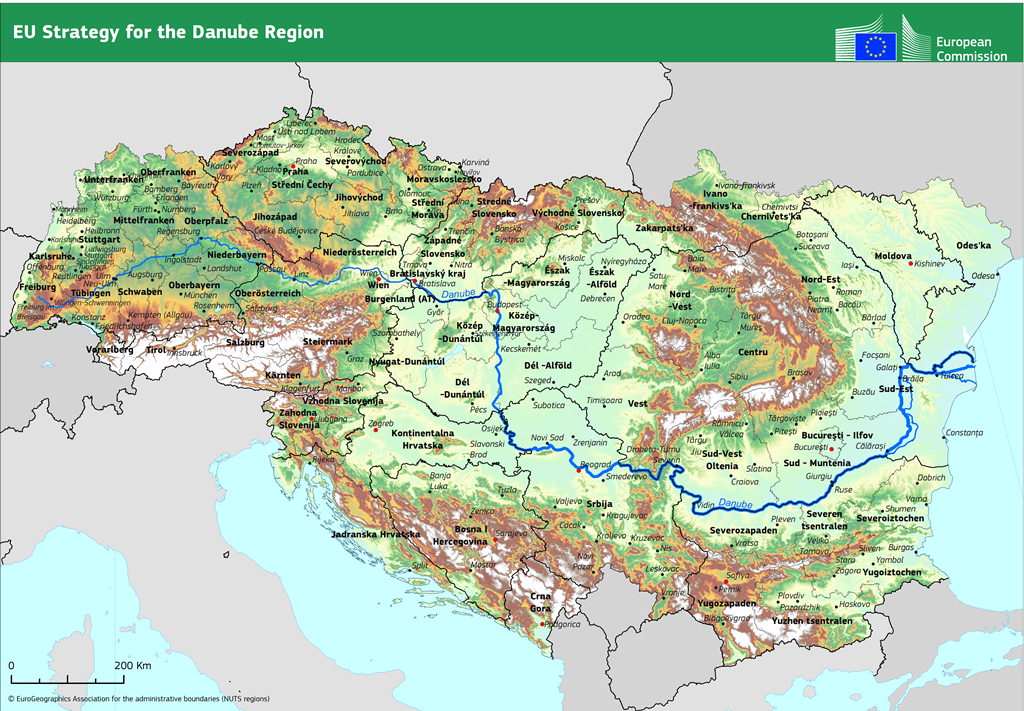
Austria, Bosnia and Herzegovina, Bulgaria, Croatia, Czech Republic, Germany (Baden-Württemberg, Bavaria), Hungary, Moldova, Montenegro, Ukraine (Odessa, Chernivtsi, Ivano-Frankivsk and Zakarpattia), Serbia, Slovak Republic, Slovenia and Romania.
EUSAIR main objectives:
(see factsheet)
- Marine and Maritime Growth/Blue Growth;
- Connecting the Region;
- Environmental quality;
- Sustainable Tourism.
EUSALP main objectives:
(see factsheet)
- Fair access to job opportunities / Building on the region’s high competitiveness;
- Sustainable internal and external / Accessibility for all;
- A more inclusive environmental framework for all / Renewable and reliable energy solutions for the future.
EUSBSR main objectives:
(see factsheet)
- Save the sea;
- Connect the region;
- Increase prosperity.
EUSDR main objectives:
(see factsheet)
- Connecting the region;
- Protecting the environment;
- Building prosperity;
- Strengthening the region.
Useful links
- Cultural Routes of the Council of Europe programme
- EU Macro-Regional Strategies
- Faro Convention Action Plan

